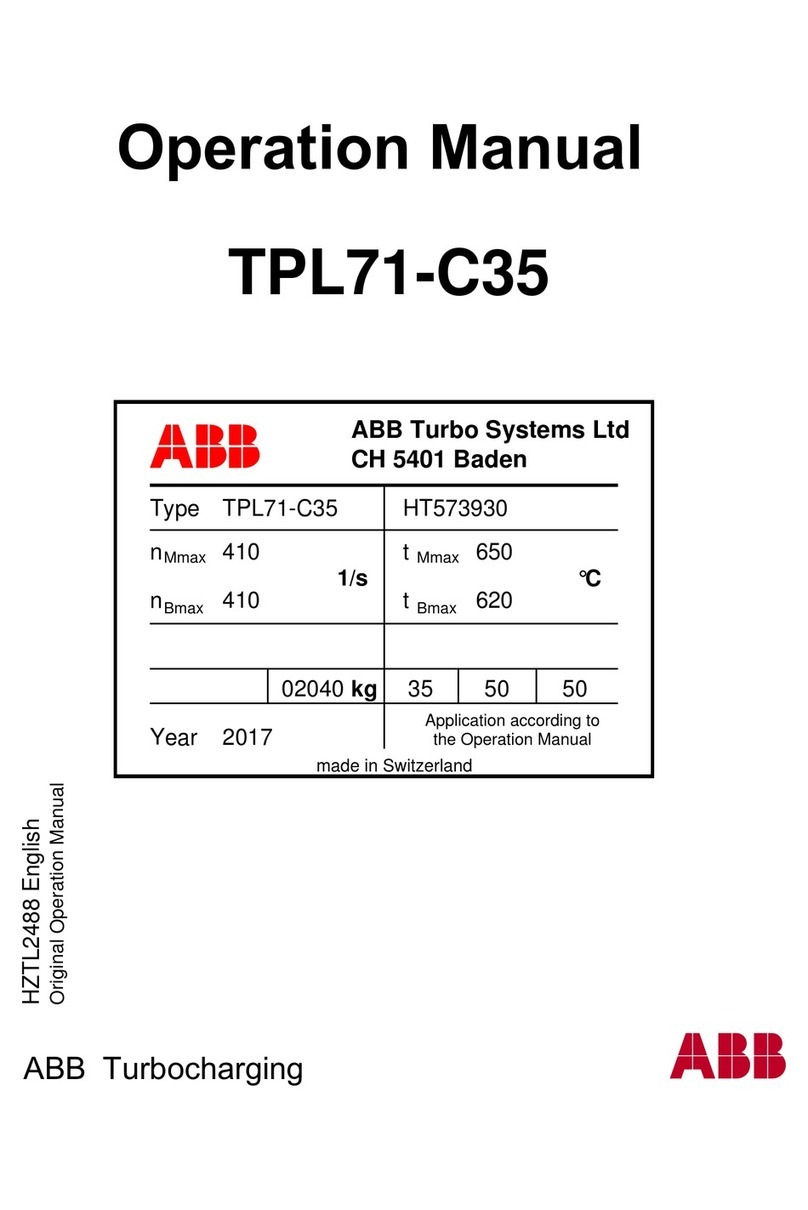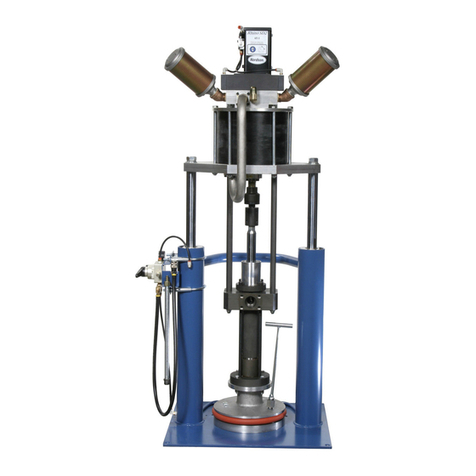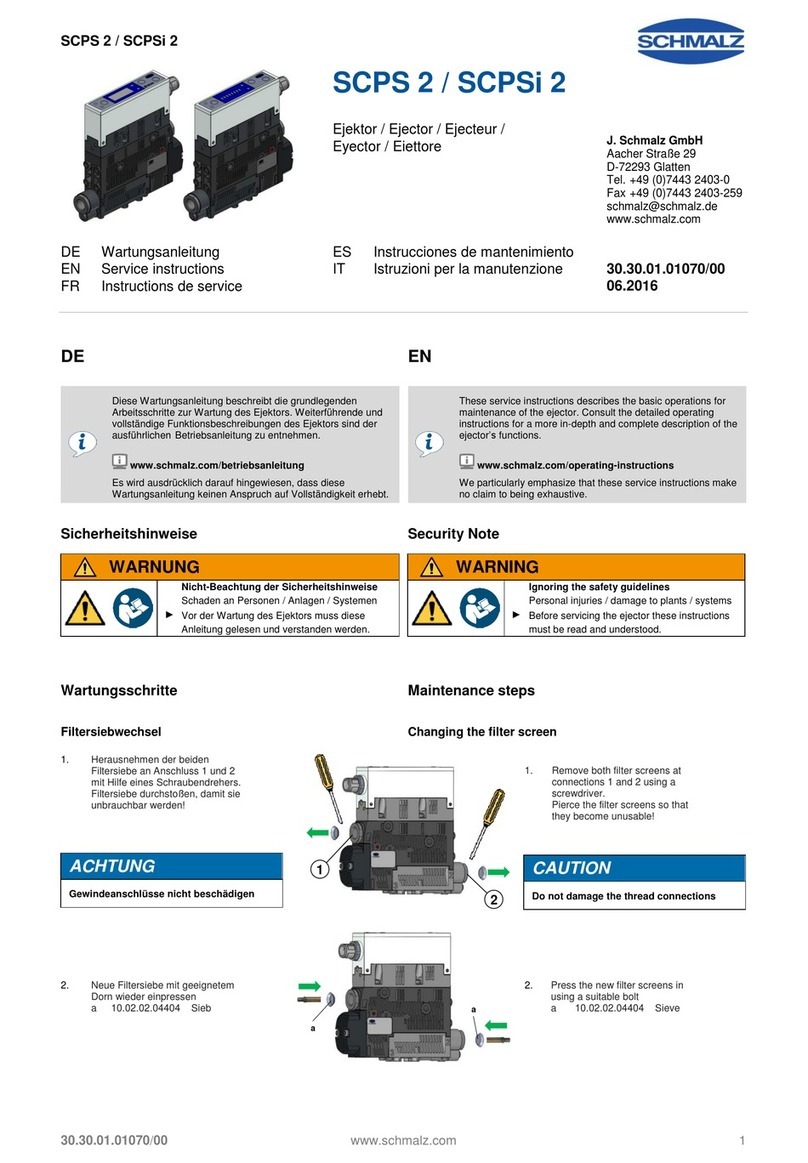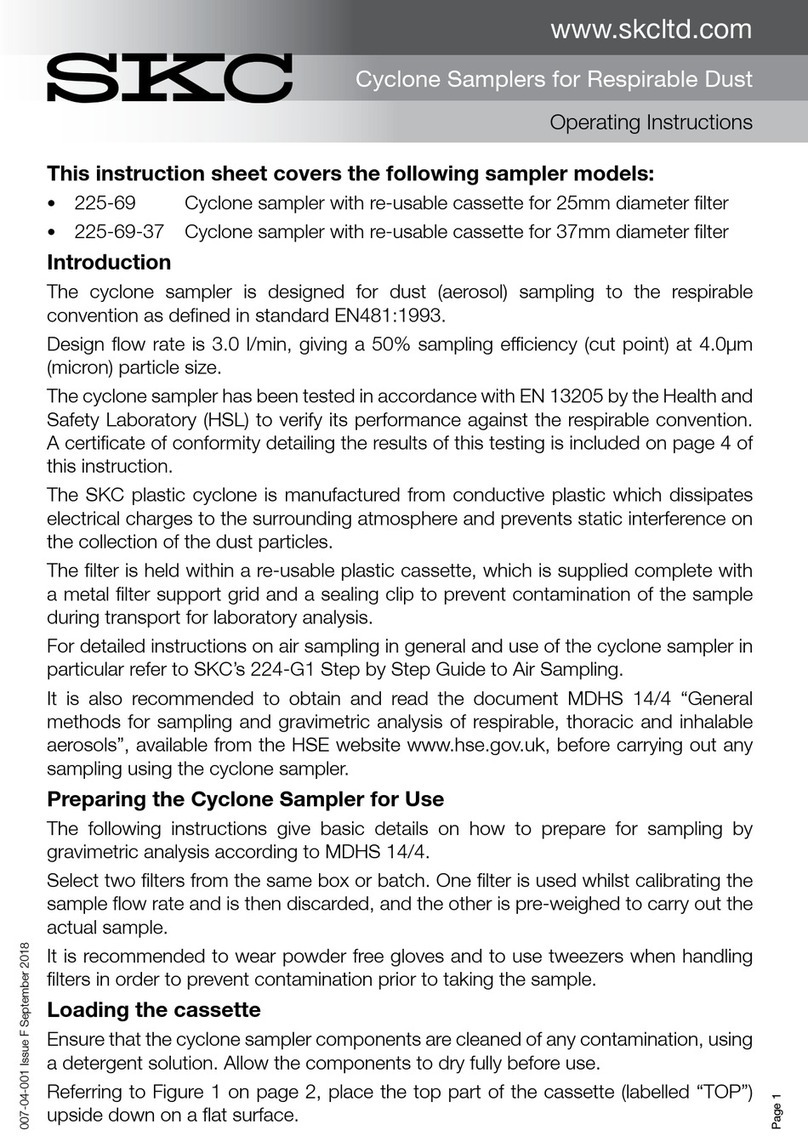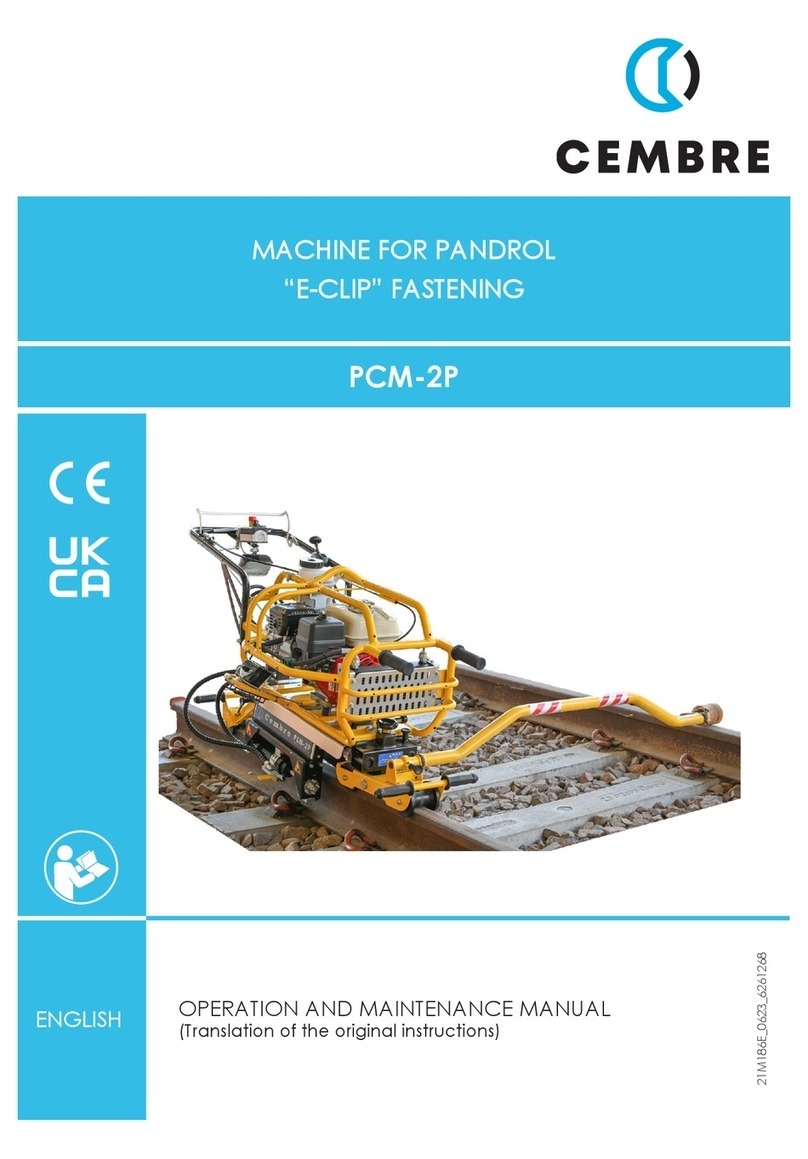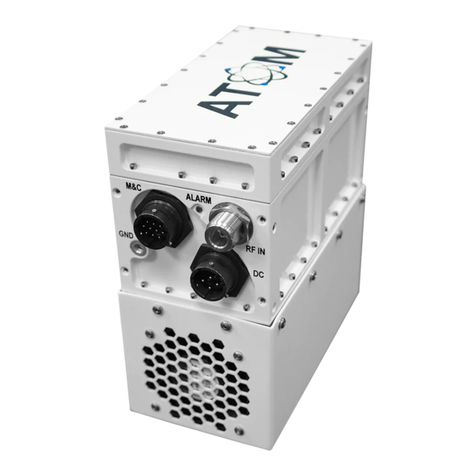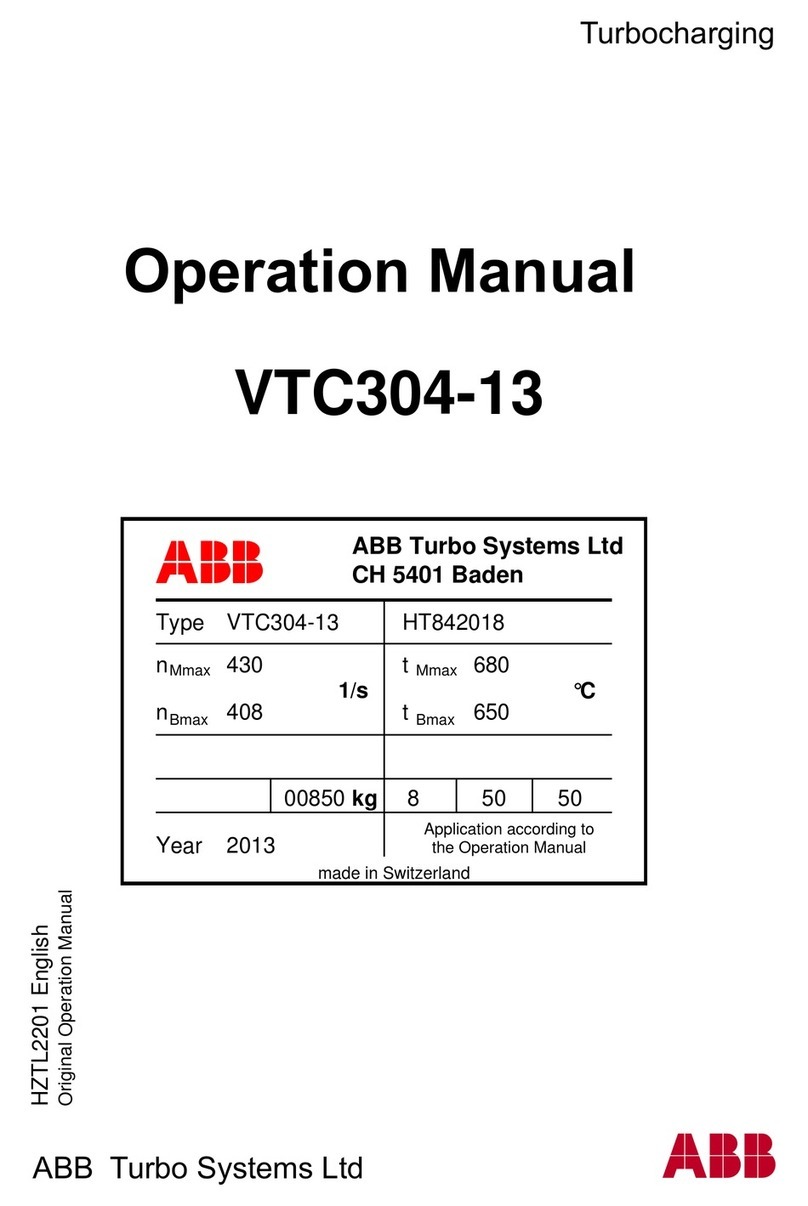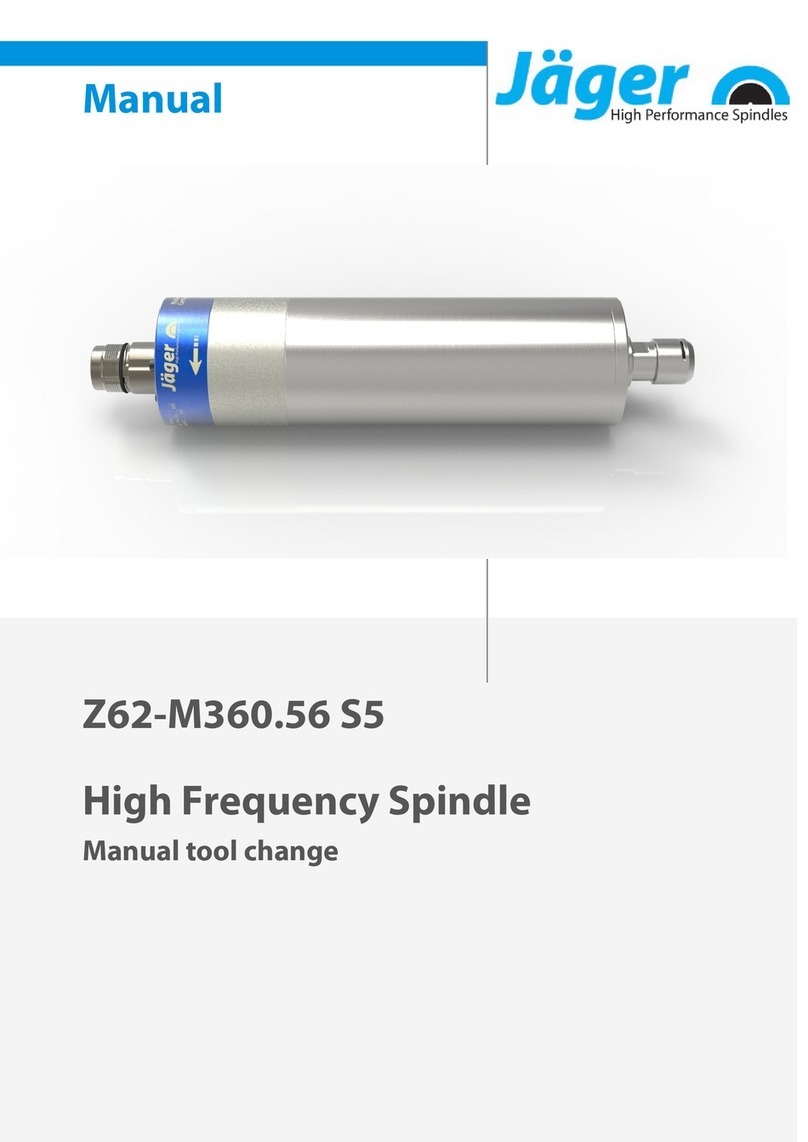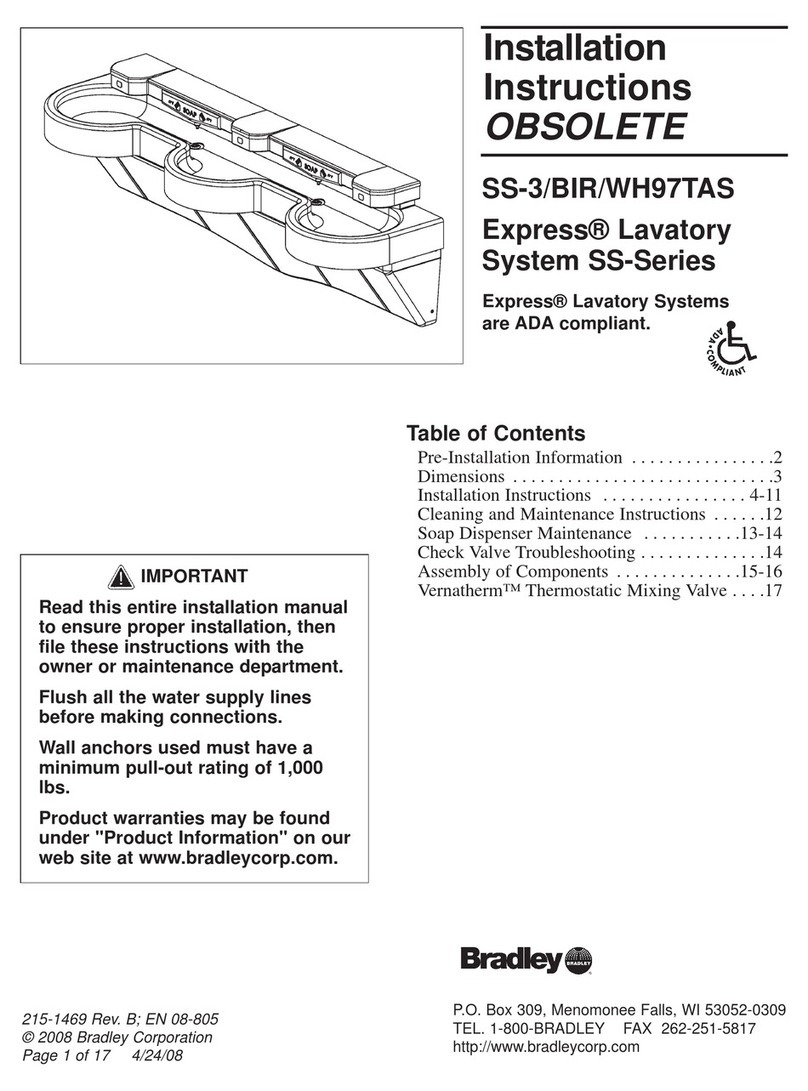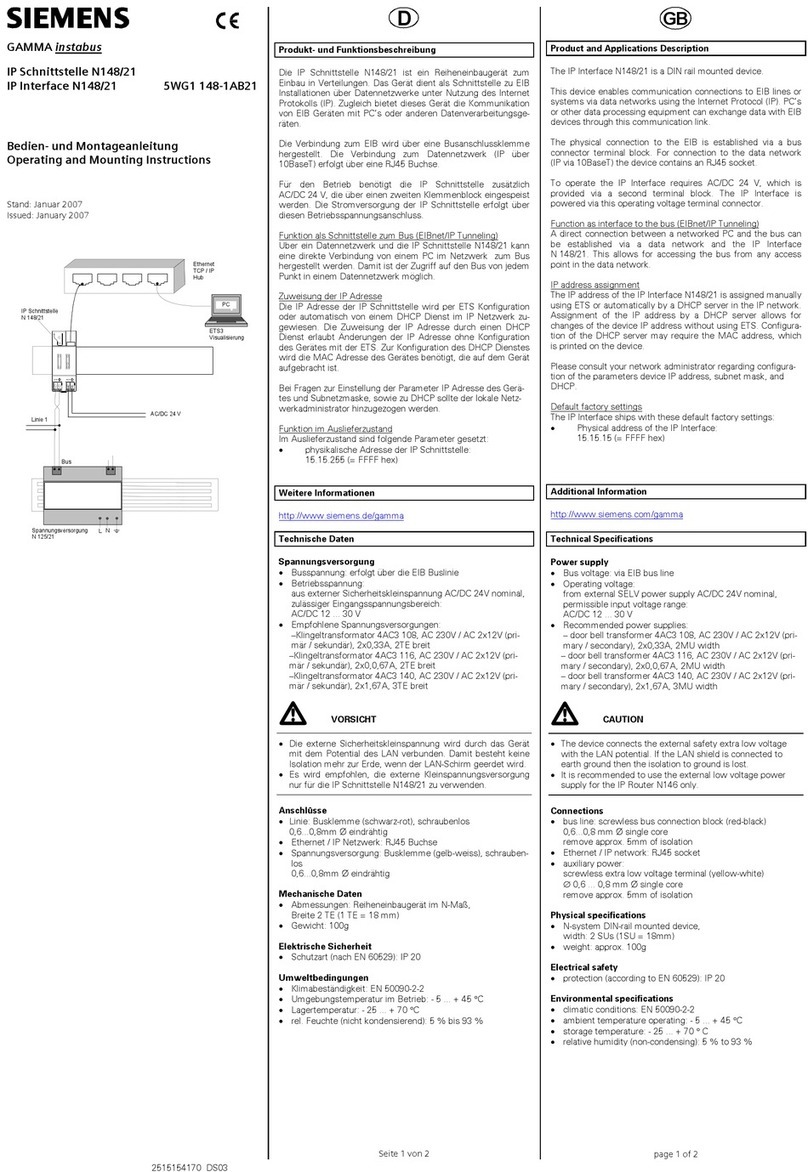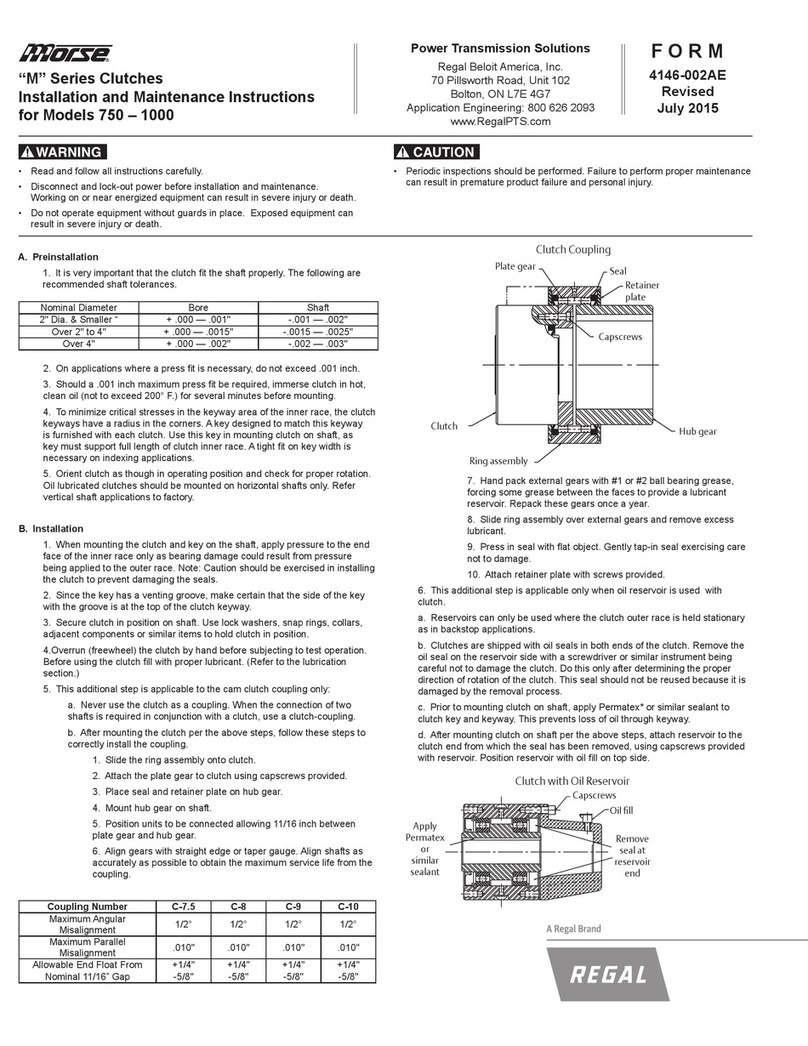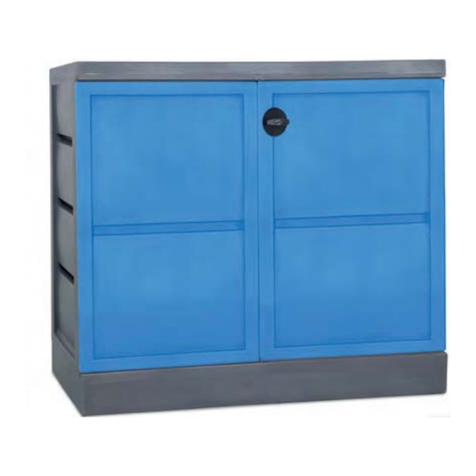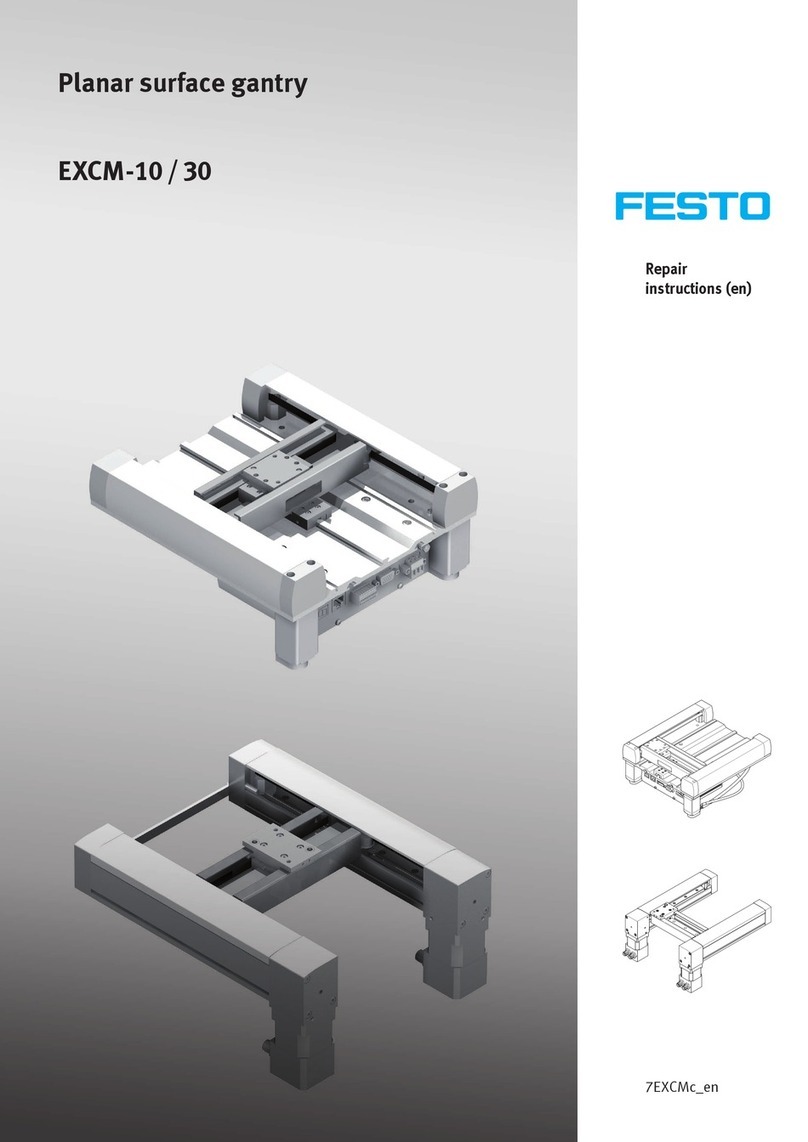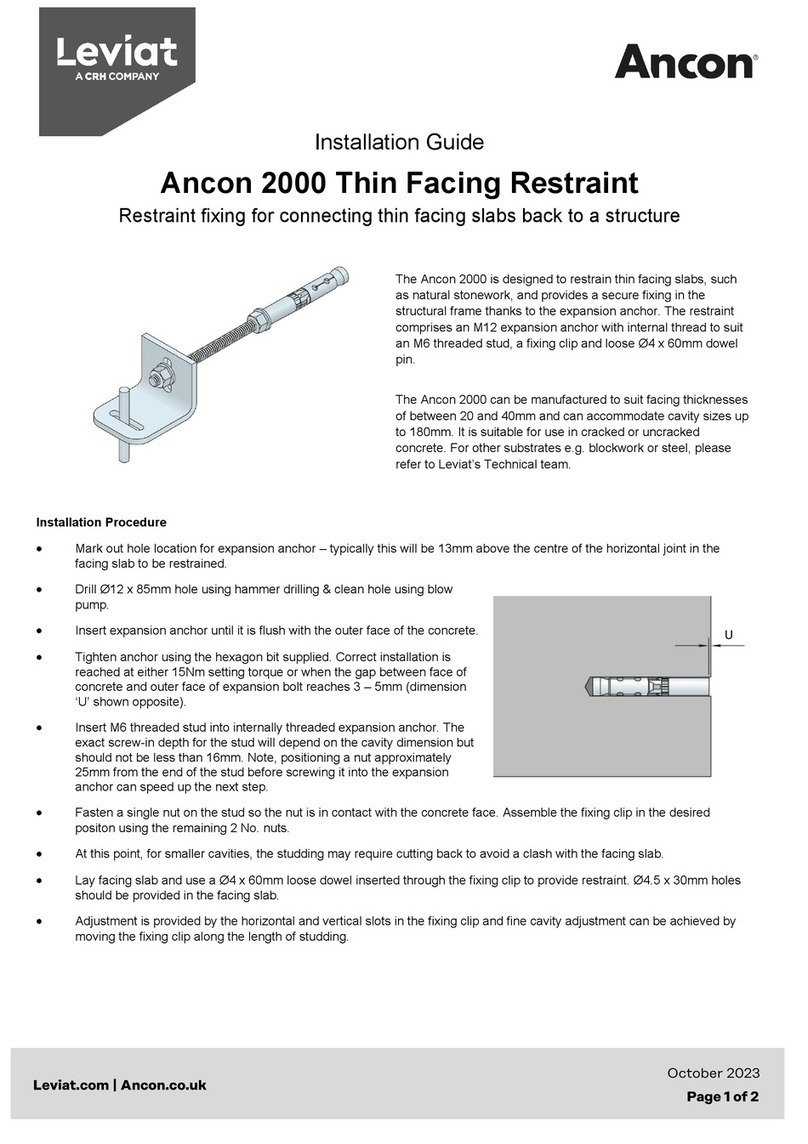Trumpf PFO 33 User manual

Operator's manual
Programmable focusing optics
(PFO) 33 (KF023)


Operator's manual
Programmable focusing optics
(PFO) 33 (KF023)
Original operator's manual
Edition 2022-03

Order Information Please specify when ordering this document:
Operator's manual
Programmable focusing optics (PFO) 33 (KF023)
Edition 2022-03
Document number 12-29-01-A1-CRen
Address for orders TRUMPF Laser GmbH
Vertrieb
Aichhalder Straße 39
78713 Schramberg
Fon: +49 7422 515 - 0
Fax: +49 7422 515 - 436
Internet: http://www.trumpf-laser.com
E-Mail: [email protected].com
Address for service TRUMPF Laser GmbH
Technischer Kundendienst
Aichhalder Straße 39
D-78713 Schramberg
Fon: +49 7156 303 - 37 444
Fax: +49 7422 515 - 148
Internet: http://www.trumpf-laser.com
E-Mail: [email protected]
E-Mail: [email protected]
© TRUMPF Laser GmbH

Good to know
These operating instructions contain important information on
the focusing optics, its functions, the necessary adjustment work
and upkeep. This information will help you operate the laser
product safely, avoid any risks, reduce service costs and break-
down times and increase its reliability and service life.
In addition to the Operator's manual, observe the regional regu-
lations regarding accident prevention, laser safety, and environ-
mental protection.
The laser product Operator's manual must be read and
observed by every person who is commissioned with working on
the laser product.
Examples of work on the laser product:
■Operation
■Maintenance
■Transport
■Operator's manual for the laser device
■Interface descriptions
■Dimensional drawings
■Installation directive
Further information on the operation and programming of the
focusing optics can be found in the software manual TruControl
1000 for PFO, document no. 12-12-14-A2-CR.
12-29-01-A1-CRen 2022-03 Good to know I
What do the operating
instructions contain?
Other regulations
Who is the operator's
manual for?
Documentation for further
reference

II Good to know 2022-03 12-29-01-A1-CRen

Table of contents
Safety
1 For your safety 1‐3
2 Warning instructions 1‐4
3 Terms 1‐5
4 Hazards 1‐8
4.1 Laser light 1‐8
4.2 Gases, aerosols, dust 1‐9
4.3 Mechanical movement 1‐10
4.4 Thermal energy 1‐11
Fire, explosion 1‐11
Temperature of the workpiece 1‐11
Hot surfaces on the focusing optics 1‐11
4.5 Noise 1‐12
5 Safety of the laser product 1‐13
5.1 Laser beam emission openings 1‐13
5.2 EMERGENCY STOP push-button 1‐16
5.3 Labels and warning signs 1‐16
Labels on the focusing optics 1‐17
Labels in the range of the focusing optics 1‐20
6 Measures of the user 1‐21
6.1 Intended use 1‐21
6.2 Technical measures 1‐22
6.3 Organizational measures 1‐23
6.4 Observing standards and regulations 1‐23
6.5 Behavior in certain operating stages 1‐24
6.6 Behavior in case of emergency 1‐24
6.7 Selecting and qualifying personnel 1‐25
6.8 Instructing the personnel 1‐25
6.9 Wearing personal safety equipment 1‐26
12-29-01-A1-CRen 2022-03 Table of contents 0‐1
Chapter 1

Assembly and installation
Assembly and installation 2‐3
1 Integration into a system environment 2‐4
1.1 Mounting 2‐4
1.2 Clearances 2‐6
1.3 References to the installation directive 2‐6
2 Electrical insulation 2‐9
2.1 Measuring the insulation resistance 2‐10
3 Installation 2‐11
3.1 Overview of the connections 2‐11
3.2 Connections with a laser device 2‐12
3.3 Optical connections 2‐13
Principles, general rules 2‐15
Safe combination of laser device, laser
light cable and focusing optics
2‐17
Connection of the laser light cable (LLK) 2‐22
Connecting the laser light cable to the
focusing optics
2‐23
Rotary flange for rectangular fiber 2‐27
3.4 Electrical connections 2‐29
3.5 Connections for cooling 2‐32
3.6 Connections for crossjet and MDE nozzles 2‐35
3.7 Connection for smoke bell 2‐37
3.8 Connection for LED ring light 2‐38
3.9 Connection for line laser 2‐38
3.10 Camera connection 2‐38
3.11 Other connections for PFO 33 2‐39
3.12 Connection for process diagnosis sensors 2‐39
3.13 Switching on/off the protective glass monitor-
ing unit PFO 33
2‐40
4 Real-time start for PFO program 2‐44
4.1 Overview 2‐44
4.2 Real-time interface X6 2‐44
0‐2Table of contents 2022-03 12-29-01-A1-CRen
Chapter 2

4.3 Signals of the real-time interface X6 2‐45
Input signal 2‐46
Output signal level 2‐46
4.4 Time response 2‐47
4.5 Setting the prevector 2‐48
4.6 Real-time start function 2‐49
Activating the real-time start function 2‐49
5 Ambient conditions 2‐50
5.1 Calculating required cooling water tempera-
ture
2‐51
Description
1 Variants and options 3‐2
2 Parts 3‐4
2.1 Protective glass 3‐10
LLK protective glass 3‐10
Collimator protective glass 3‐11
Objective protective glass 3‐12
2.2 Interface for sensor module 3‐13
3 Functional description 3‐14
4 Technical data 3‐20
5 Software 3‐21
Setting work
General notes on adjustment work 4‐3
1 Aligning the focusing optics 4‐4
1.1 Alignment of the focusing optics to the proc-
essing plane
4‐4
12-29-01-A1-CRen 2022-03 Table of contents 0‐3
Chapter 3
Chapter 4

1.2 Processing of reflective materials 4‐5
1.3 Teach module and Teach function 4‐10
2 Setting the working distance using the
teach modules (option)
4‐13
2.1 Adjusting the working distance 4‐13
3 Focal position 4‐15
3.1 Adjusting the focal position by means of test
weldings
4‐15
4 Adjusting the crossjet 4‐19
4.1 Adjusting the distance 4‐19
4.2 Removing the crossjet 4‐19
5 Applying the teach function with pilot
laser
4‐21
5.1 What is the teach function? 4‐21
5.2 Prerequisites of using the teach function 4‐22
5.3 Auxiliary equipment for the teach function 4‐22
Pilot laser 4‐22
Observation optics with camera and
monitor
4‐23
5.4 Operating elements and indicators of the
teach function
4‐26
6 Adjusting the observation optics 4‐27
6.1 Adjusting the picture sharpness of the cam-
era
4‐27
6.2 Adjusting the cross-hairs 4‐28
Maintenance
1 General notes 5‐3
2 Material 5‐5
2.1 Wearing parts 5‐5
2.2 Optics cleaning set 5‐5
2.3 Consumables 5‐5
0‐4Table of contents 2022-03 12-29-01-A1-CRen
Chapter 5

2.4 Disposal 5‐6
2.5 Tools and additional equipment 5‐7
3 Maintenance work on the optics 5‐8
3.1 Cleaning the protective glass in the lens pro-
tection or smoke bell
5‐8
3.2 Changing the protective glass of the lens pro-
tection
5‐9
3.3 Cleaning or changing the smoke bell 5‐12
3.4 Replacing the protective glass of the smoke
bell
5‐15
3.5 Replacing the protective glass of the collima-
tor protective glass cassette
5‐16
4 Teach module maintenance 5‐18
4.1 Cleaning the protective glass of the teach
module
5‐18
4.2 Replacing the protection for teach module 5‐20
5 Crossjet 5‐22
5.1 Cleaning or changing the crossjet 5‐22
6 MDE nozzles 5‐24
6.1 Cleaning or replacing the MDE nozzles 5‐24
7 Cooling water 5‐27
7.1 Draining cooling water from the focusing
optics
5‐27
Conduct in case of malfunctions
1 EMERGENCY STOP switch 6‐2
1.1 Pressing the EMERGENCY STOP button 6‐2
2 Observing messages 6‐3
3 Activating diagnostics 6‐4
4 Informing the service department 6‐5
12-29-01-A1-CRen 2022-03 Table of contents 0‐5
Chapter 6

0‐6Table of contents 2022-03 12-29-01-A1-CRen

Chapter 1
Safety
1 For your safety 1‐3
2 Warning instructions 1‐4
3 Terms 1‐5
4 Hazards 1‐8
4.1 Laser light 1‐8
4.2 Gases, aerosols, dust 1‐9
4.3 Mechanical movement 1‐10
4.4 Thermal energy 1‐11
Fire, explosion 1‐11
Temperature of the workpiece 1‐11
Hot surfaces on the focusing optics 1‐11
4.5 Noise 1‐12
12-29-01-A1-CRen 2022-03 Safety 1‐1

5 Safety of the laser product 1‐13
5.1 Laser beam emission openings 1‐13
5.2 EMERGENCY STOP push-button 1‐16
5.3 Labels and warning signs 1‐16
Labels on the focusing optics 1‐17
Labels in the range of the focusing optics 1‐20
6 Measures of the user 1‐21
6.1 Intended use 1‐21
6.2 Technical measures 1‐22
6.3 Organizational measures 1‐23
6.4 Observing standards and regulations 1‐23
6.5 Behavior in certain operating stages 1‐24
6.6 Behavior in case of emergency 1‐24
6.7 Selecting and qualifying personnel 1‐25
6.8 Instructing the personnel 1‐25
6.9 Wearing personal safety equipment 1‐26
1‐2Safety 2022-03 12-29-01-A1-CRen

1. For your safety
This chapter contains important hints for a safe operation of the
laser product. Read the hints carefully before putting the laser
product into operation.
Note
For "partly completed machinery" in accordance with the EC
Machinery Directive, this document corresponds to the assembly
instructions.
This chapter summarizes information that the operator must
know to ensure a safe operation of the laser device.
Information on the following factors is indicated:
■Hazards that may arise from the laser product.
■Devices and measures which we have already realized as
the manufacturer to ensure a safe operation of the laser
product.
■Instructions that the user must realize in order to operate
the laser product safely in the work environment and to pro-
tect the health of persons.
The operator's manual contains descriptions and instructions for
the efficient use of the laser product. When hazards may arise,
the instructions are preceded by warning hints warning of the
consequences.
Note
The operator must permantently keep the operator's manual at
the place where the laser product is used.
12-29-01-A1-CRen 2022-03 For your safety 1‐3
Safety is essential
Chapter safety
Hazards and warning hints

2. Warning instructions
A warning instruction is information that:
■Names the type and source of a danger.
■Indicates possible consequences in case the danger is not
avoided.
■Gives instructions for how to avoid any damage.
One of the signal words "Danger", "Warning", "Caution", or
"Attention" indicates the severity of the possible consequences
in case the instructions are not observed.
"Danger" warns against a great danger. If not avoided, it leads
to death or serious injuries.
"Warning" warns against a danger that may cause medium or
serious injuries with permanent damage.
"Caution" warns against a danger that may cause light or
medium injuries without permanent damage.
"Attention" warns against possible material damage.
Example of a warning instruction:
Eyes and skin may be exposed to laser radiation if the
laser light is not placed under a protective cover!
Laser light can burn the skin. Direct or scattered laser light
can permanently damage your eyes.
ØTake the necessary protective measures as specified below,
depending on the laser class.
It is absolutely necessary to observe and follow the warning
instructions!
1‐4Warning instructions 2022-03 12-29-01-A1-CRen
WARNING

3. Terms
Laser products include devices, systems or components used
for generating, transmitting and using laser light.
TRUMPF products summarized under the term "laser product"
include:
■Lasers (beam sources)
■Laser machines
■Laser workstations
■Laser devices
■Laser light cables
■Focusing optics
Laser light is electromagnetic radiation with wavelengths from
100 nm to 1 mm produced as the result of controlled stimulated
emission.
Laser is an acronym, short for: Light Amplification by Stimulated
Emission of Radiation.
The term "Laser" summarizes all components directly used for
generating laser light:
■Resonator, comprising rear mirror and output coupling mirror
■Laser material
■Pump source
Other components of lasers might include:
■Modulators
■Q-switch
■Converter for generating other wavelengths
With certain forms of lasers, the components mentioned above
can be integrated as structures in a basic material.
Examples:
Rear mirror and output coupling mirror:
■ in fiber lasers as Bragg gratings
■in diode lasers as surfaces in semiconductor crystals.
Laser machines are machines the main purpose of which is to
weld or cut material with laser light or to process it in any other
way. In laser machines, movements of the workpieces and focus-
ing optics are mainly controlled automatically.
Laser workstations are facilities at which workpieces are mainly
processed manually using laser light.
12-29-01-A1-CRen 2022-03 Terms 1‐5
Laser product
Laser light
Laser
Laser machine
Laser workstation

Laser devices include all components required for generating
laser light.
Laser device components include:
■Laser with pump source
■Energy supply for the pump source, e.g. diode power supply,
lamp power supply
■Control
■Cooling unit
Depending on the type and maximum power of the laser device,
it may have other components, such as:
■Additional components in the mains distribution
■Cabinet cooler
■Air cleaner or recirculating air dryer system
■Gas purging unit
The pump light cable is a flexible connecting element between
the supply unit and laser head. The pump light is guided from
the pump diode to the laser head in an optical fiber. The opti-
cal fiber is surrounded by several devices that prevent an uncon-
trolled escape of laser light and protect the optical fiber.
The laser light cable is a flexible connecting element between
laser device and focusing optics. The laser light is guided from
the laser to the focusing optics in an optical fiber. For ultra-
short pulse lasers, so-called hollow-core fibers are suitable due
to the high peak power, where the intensive laser pulse is not
conducted in glass, but in a vacuum, air or another filling gas.
The optical fiber is surrounded by several devices that prevent
an uncontrolled escape of laser light and protect the optical fiber.
Focusing optics are optical assemblies. Their main function is to
form the laser beam so that it achieves its maximum power den-
sity at a defined point, the focal point.
In the reflective focusing optics (RFO), the conical laser beam
coming out of the laser light cable hits the focusing mirror,
which guides the laser beam through the exit port and merges it
in the focal point.
The programmable focusing optics (PFO) includes one or two
scanner mirrors which allow the laser beam to be guided over a
processing field. It is thus possible to produce, for example,
welding seams without moving the focusing optics and the work-
piece.
The distance of the focal point from a certain edge or surface of
the focusing optics is called working distance. The working dis-
tance of the focusing optics determines the distance in which
the workpieces must be positioned so that they can be proc-
essed with the laser.
1‐6Terms 2022-03 12-29-01-A1-CRen
Laser device
Pump light cable
Laser light cable
Focusing optics

The laser beam guidance deflects the output radiation of the
laser to the workpiece.
12-29-01-A1-CRen 2022-03 Terms 1‐7
Laser beam guidance

4. Hazards
The laser product has been built in accordance with state-of-the-
art standards and the recognized safety rules. However, it might
cause hazards for persons or material property during use. If
you do not observe the accident prevention regulations, these
hazards may result in damage.
The following overview indicates the possible hazards that might
be caused by your laser product.
■It indicates how TRUMPF has reduced the risk by applying
constructive measures.
■You, as the user, can ensure safe operation of the laser
product by taking additional measures during its use.
4.1 Laser light
Solid state lasers generate laser light in the near infrared spec-
tral range (900-1250 nm). Using converters, the laser light can
also be produced in the visible range (400-700 nm) or in the
ultraviolet spectral region (< 400 nm).
Laser light may be hazardous to eyes and skin.
Depending on the severity of the danger, laser products are clas-
sified in laser classes.
The classification of the laser product in laser classes is defined
internationally in the EN 60825-1 and IEC 60825 standards.
The meaning of the laser classes is described briefly below. The
precise definition listing limit values can be found in the stand-
ards stated above.
Class 1 means that the laser light of this laser product is not
dangerous in standard operation.
The laser device is classified as class 1M (acc. to EN 60825-1)
if there may be a risk when observing laser light through optical
instruments.
A class 2 laser product only emits in the visible spectral region
(400-700 nm). A brief exposure does not involve any risk. Delib-
erate staring in the beam might be dangerous for your eyes.
Active reactions are sufficient to protect your eyes against dam-
age: Avert your eyes, move your head or close your eyes.
The laser device is classified as class 2M (acc. to EN 60825-1)
if there may be a risk when observing laser light through optical
instruments.
1‐8Hazards 2022-03 12-29-01-A1-CRen
Laser class 1
Laser class 2
This manual suits for next models
1
Table of contents
Other Trumpf Industrial Equipment manuals
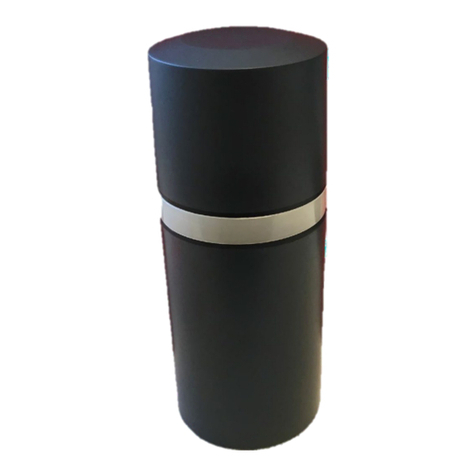
Trumpf
Trumpf OMLOX SATELLITE User manual
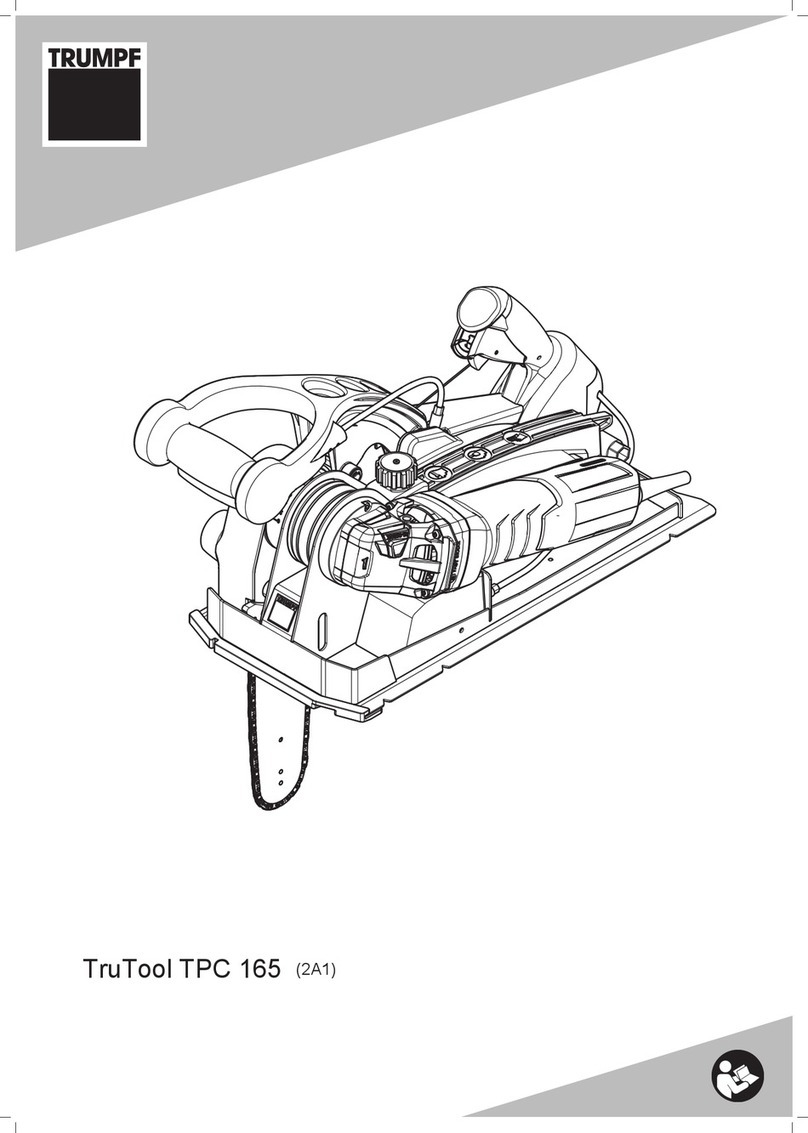
Trumpf
Trumpf TruTool TPC 165 (2A1) User manual

Trumpf
Trumpf BendMaster 60 User manual

Trumpf
Trumpf TruHeat HF 1000 Series User manual

Trumpf
Trumpf TruTool TKA 500 User manual

Trumpf
Trumpf TruPlasma RF 1001 User manual

Trumpf
Trumpf TRUPUNCH 5000 User manual
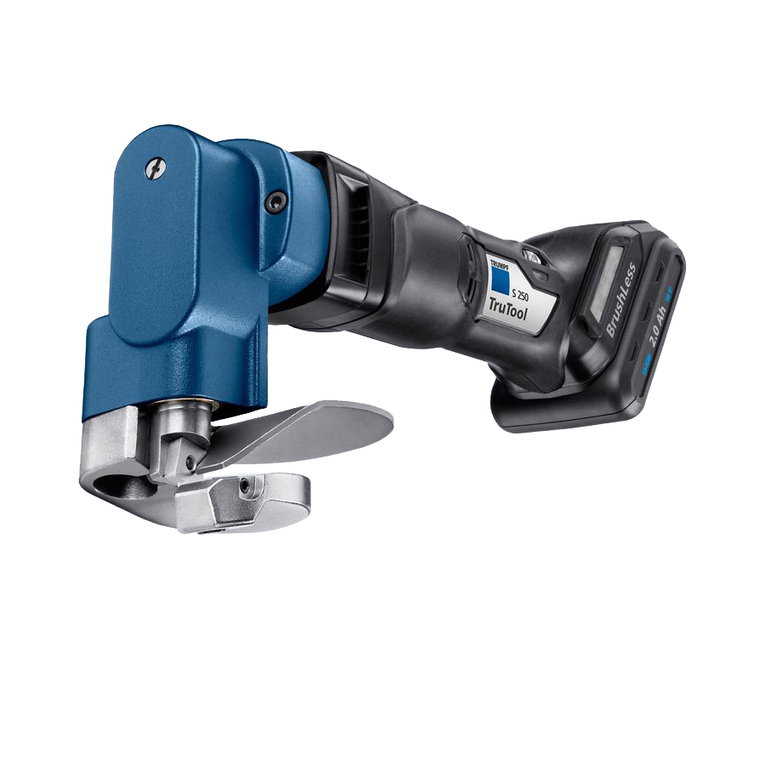
Trumpf
Trumpf TruTool S 250 User manual

Trumpf
Trumpf F 300-2 Plus User manual
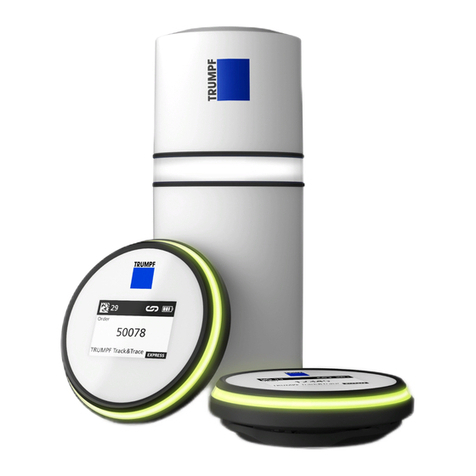
Trumpf
Trumpf Track&Trace User manual

